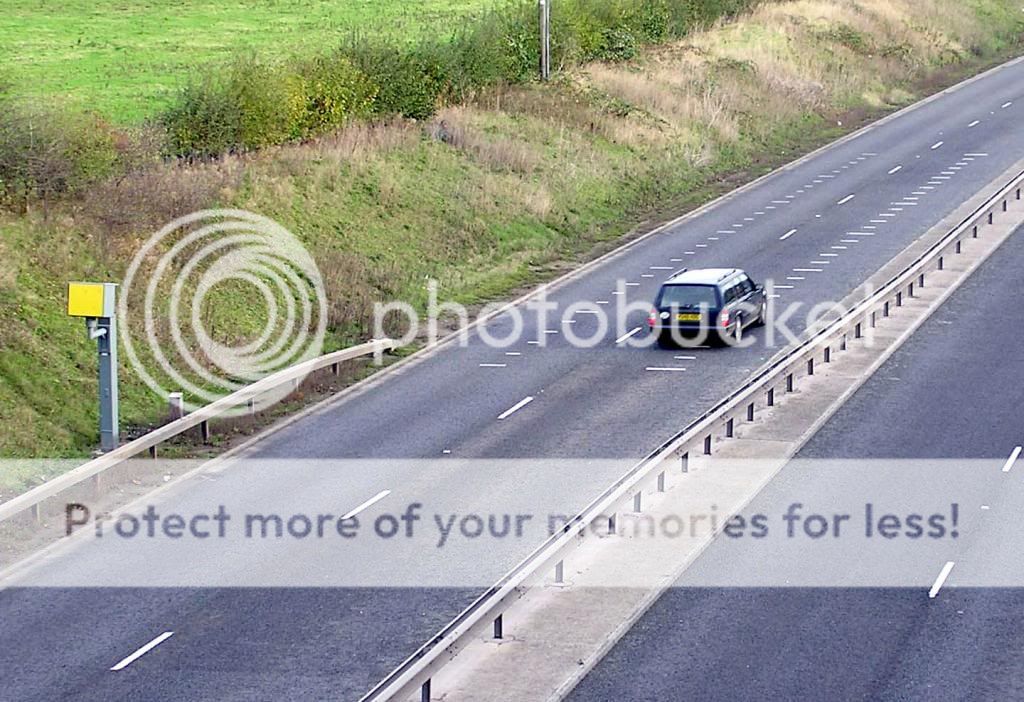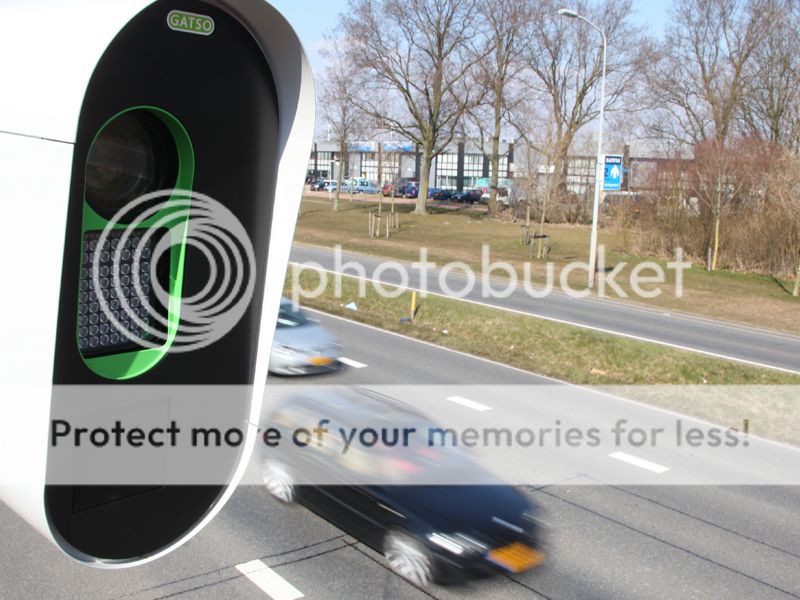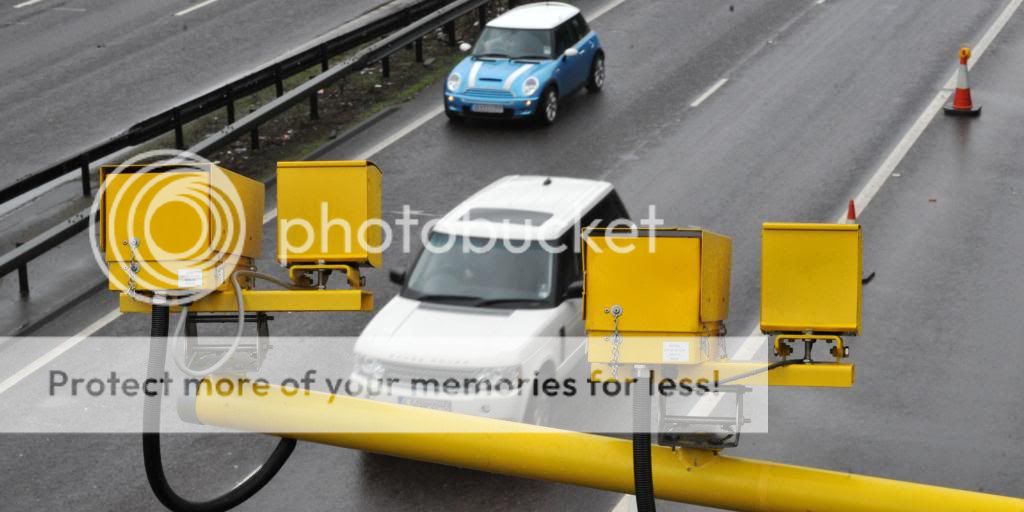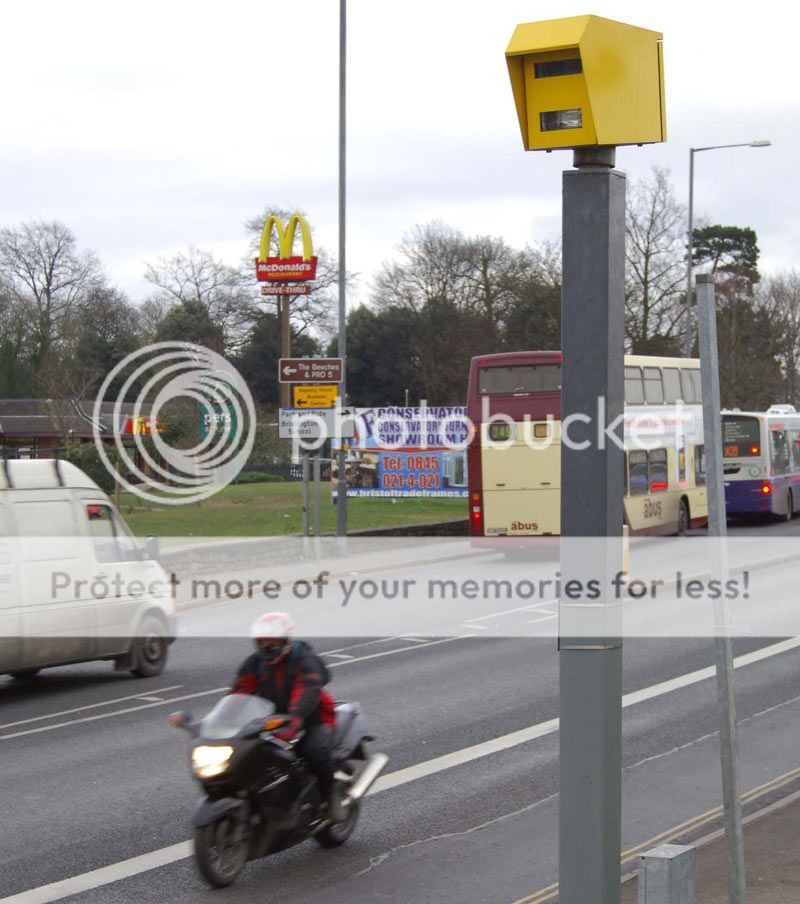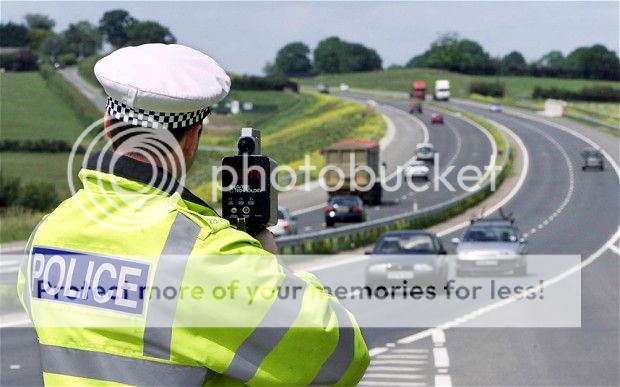Speed Camera Myths
Posted on: 26/08/2014Speed Cameras, or ‘Safety Cameras’ to give them their official moniker, have been part of our road-scape twenty-two years.
To some, it may feel longer. Red light cameras have been around a little longer, since 1988, but what we recognise as ‘speed cameras’ started out in West London, being trialed on a section of the M40. Before the days of digital, these cameras used up their allotted 400 pics in just 40 minutes, so common was speeding at the time.
Image Credit
There are now somewhere in the region of almost 6,000 static cameras in use on the country’s roads, plus another 3,000 mobile units, raking in well in excess of £100m in fines for the Treasury per annum. No small potatoes then.
Unless your speed is silly-excessive, being caught by one generally means a fine and three points on your licence, with almost half the drivers on the road carrying speeding points and the knock-on effect to their insurance costs.
Image Credit
Not surprising then that stories of people evading the dreaded double-flash have spread virally and indeed, some of the stories are true, however, either legislation or technology has sealed the hole, once it was discovered. Take the Swedish driver who evaded several old-style cameras by speeding in excess of 186mph to beat the flash. He was caught doing this speed by a new digital model and awarded the biggest fine ever handed out anywhere in the world for the offence
Image Credit
In Australia, it was discovered that the latest plastic bubble-covers used by young fashionable types actually reflected the light from the camera flash, making the otherwise readable reg plate indiscernible on the resultant photo. The covers were duly banned.
However, myths are born of these and other success stories. So here we are to debunk any misinformation out there.
It’s possible to slow down before a camera then speed up afterwards without getting caught.
As with many of these myths, it was perhaps true in the past. Nowadays, it very much depends on the type of camera you are passing. SPECS cameras for instance, measure the time it takes you to pass two separate points and then works out your speed, so in that case, you’d obviously still get done. SPECS cameras are the ones you see on gantries, often across motorway lanes affected by additional speed limits due to roadworks.
With average speed cameras, I can change lanes and avoid detection.
There was a loophole in legislation which dictated that drivers need to be observed speeding in just one lane, but this hole was stitched up and now it doesn’t matter how much lane changing you do, SPECS can bring you down.
I’m able to buy a detector to warn where the camera is.
This is true and they are often included in ‘off the shelf’ satellite navigation systems. They are not however, allowed to indicate whether a camera is active or not.
